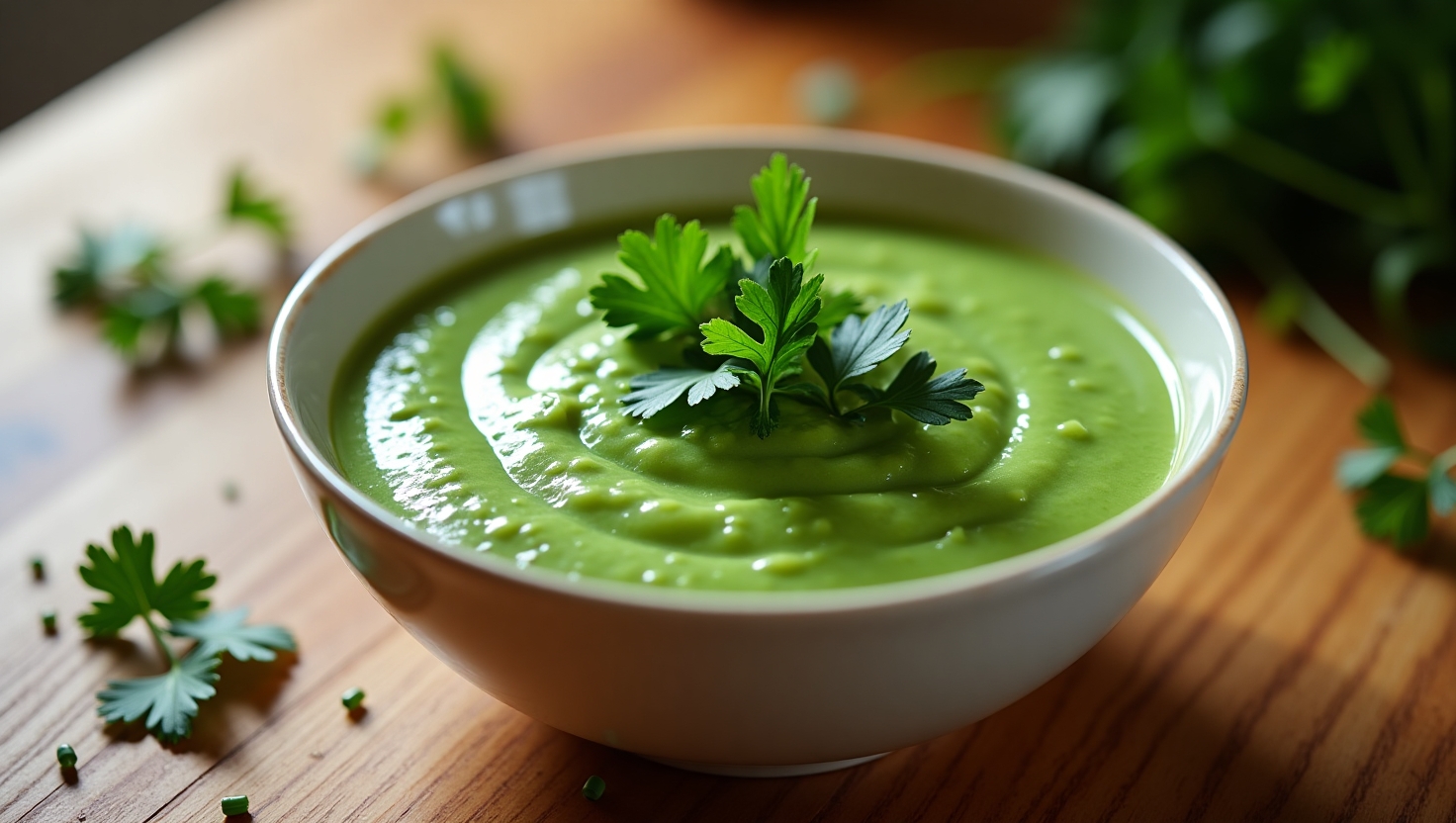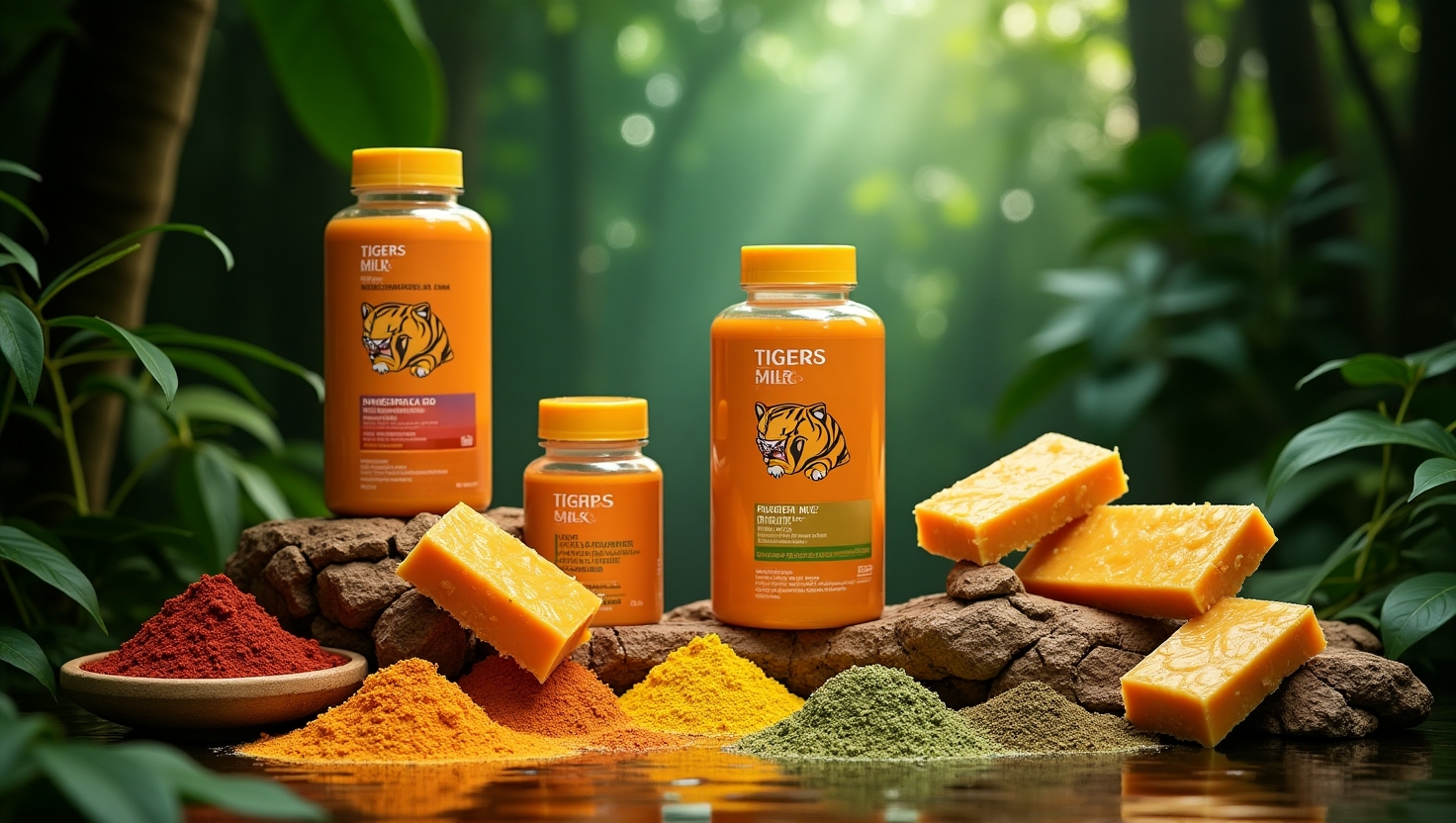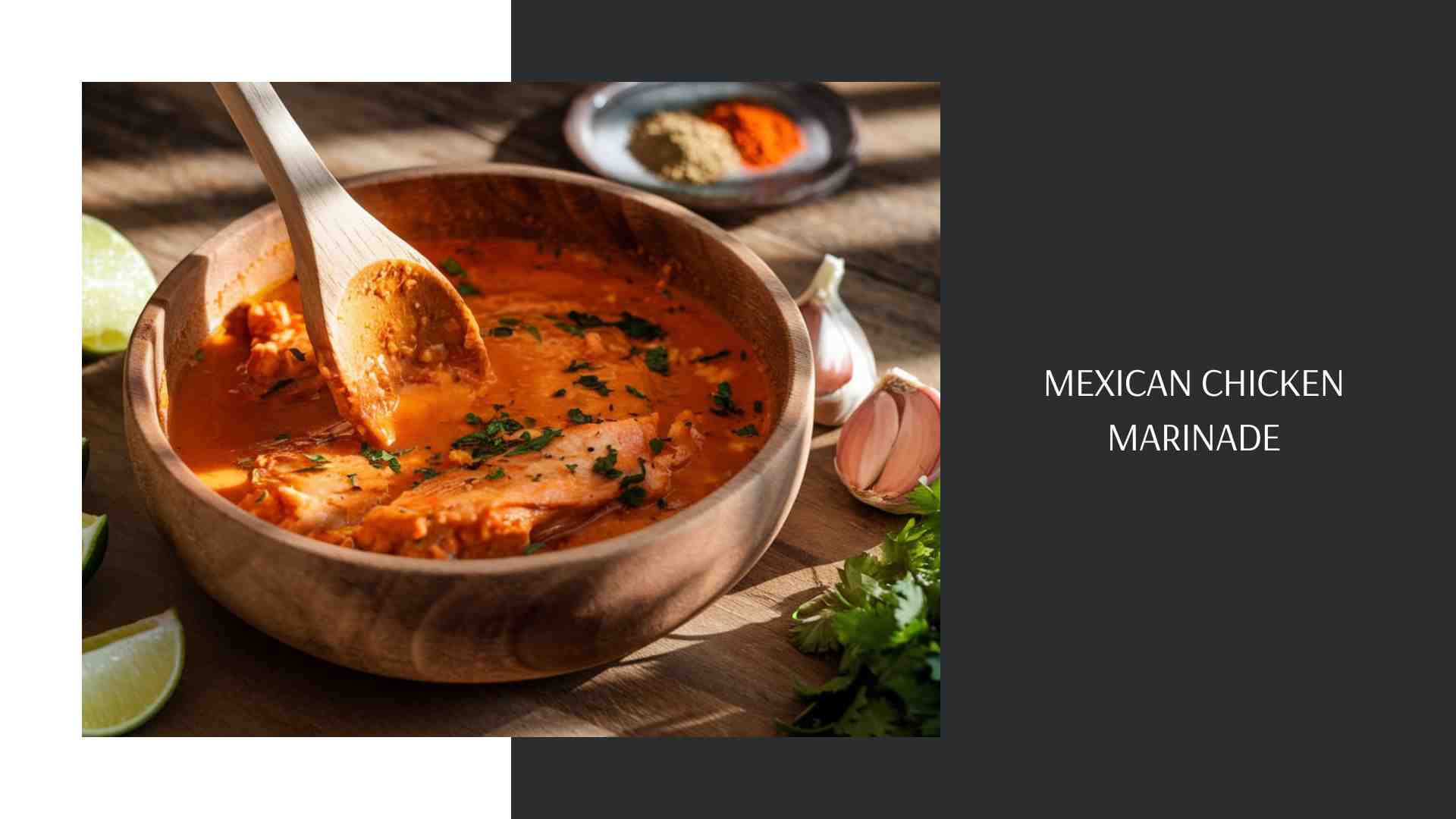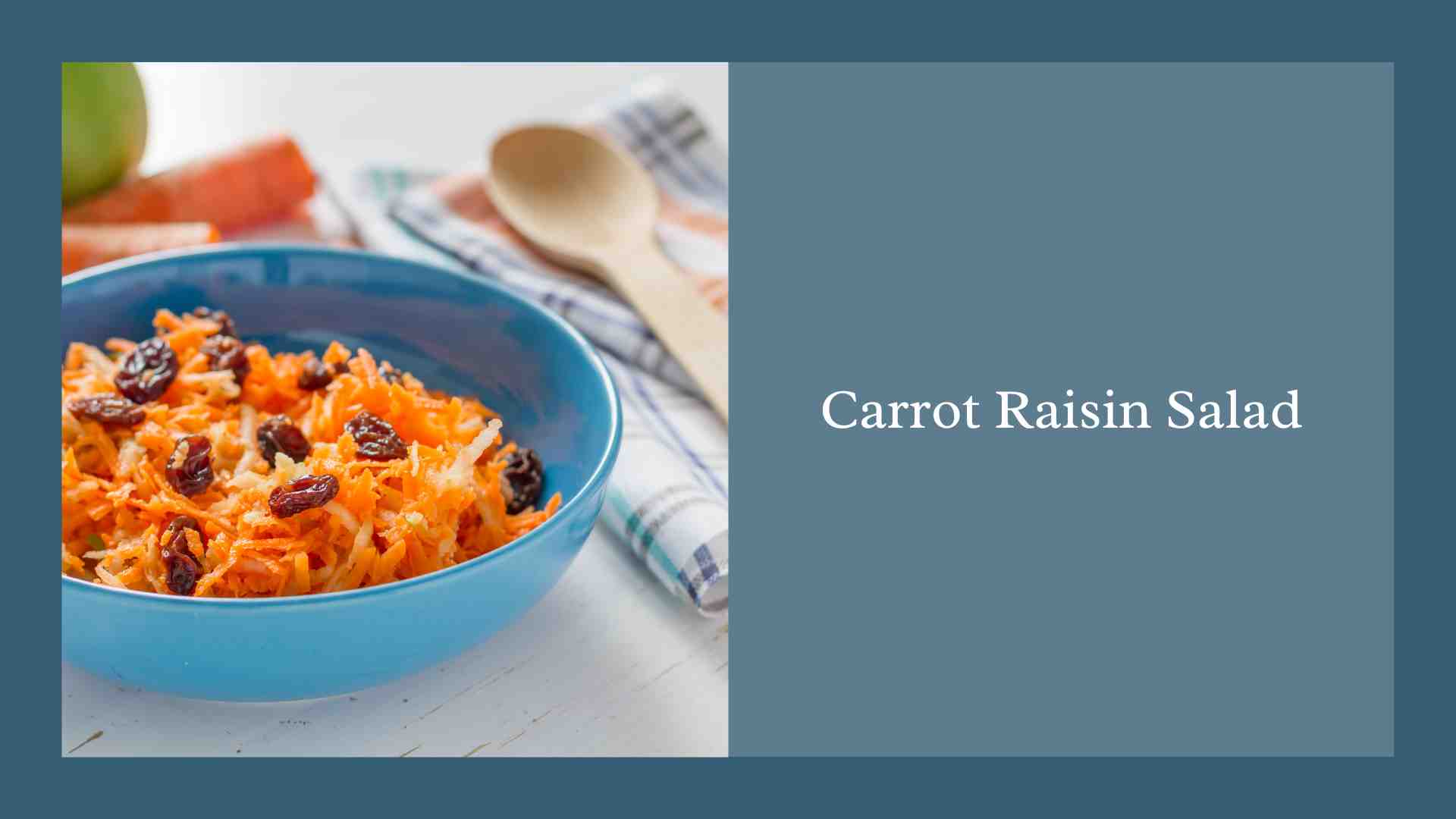Table of Contents
The kaffir lime, native to tropical Southeast Asia, is no ordinary fruit. From its aromatic leaves to its zesty rind, this citrus packs a punch in flavor, fragrance, and versatility! Loved in Southeast Asian cuisine and beyond, the kaffir lime deserves a spotlight in your kitchen and daily life.
What is a Kaffir Lime?
The kaffir lime, also known as Thai lime or makrut lime, is a small citrus fruit with a bumpy, thick green rind. Its leaves are just as special they’re double-shaped with an unmistakable citrusy aroma. Every part of this plant is as useful as it is unique. Whether you’re cooking vibrant dishes, exploring natural remedies, or indulging in self-care, the kaffir lime has something to offer.
Origins and Naming of the Kaffir Lime
The kaffir lime, also known as the makrut lime, is native to the tropical regions of Southeast Asia, particularly in countries like Thailand, Malaysia, and Indonesia. This citrus fruit has been a vital part of the culinary and medicinal traditions of these countries for centuries, adding a bold flavor to dishes and serving as a natural remedy for various ailments.
Why is it Called ‘Kaffir Lime’?
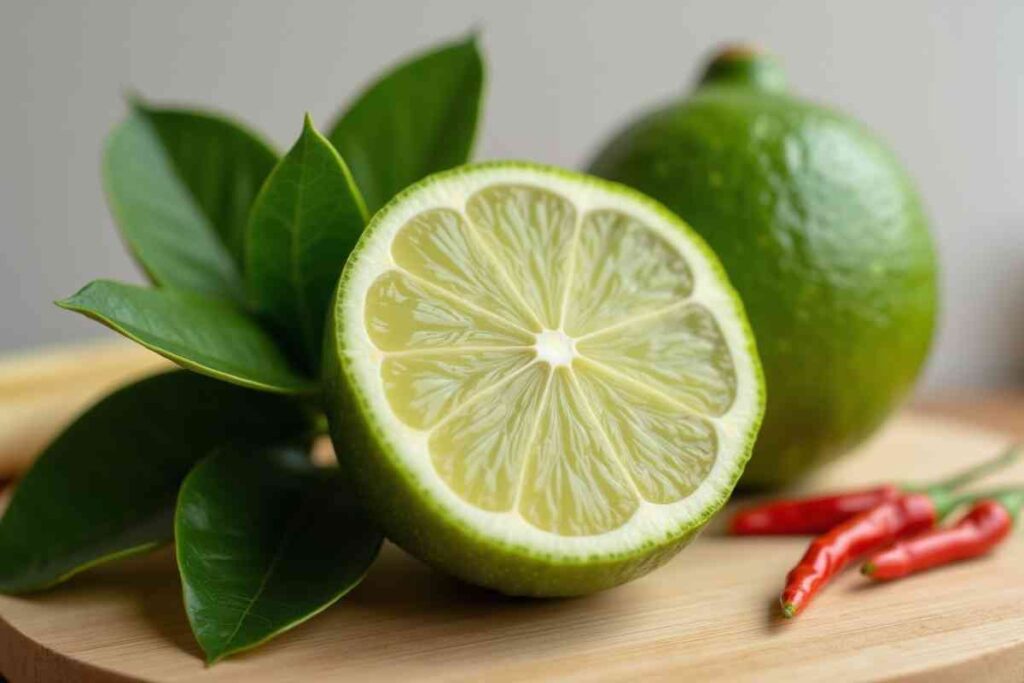
The name ‘kaffir lime‘ has a complex and controversial history. The term ‘kaffir‘ is derived from the Arabic word ‘kafir,’ meaning ‘non-believer.’ During colonial times, the word became associated with derogatory connotations and racial slurs, particularly in African and Asian contexts.
Because of its negative history, many people today prefer to use the term ‘makrut lime,’ reflecting its original Thai name and avoiding any cultural insensitivity.
Despite the challenging history surrounding its name, the kaffir lime (or makrut lime) continues to be a beloved fruit, renowned for its aromatic leaves and zestful rind that elevate many Southeast Asian dishes and traditions.
Where is it Found?
The kaffir lime tree thrives in tropical climates and is commonly grown in countries like Thailand, Malaysia, and Indonesia. Thanks to its adaptability, you can even grow it at home in containers in other climates!
Kaffir Lime Benefits: Culinary & Skincare Uses
Kaffir lime is a true powerhouse, celebrated not just for its unique flavor but also for its wide range of benefits. From enhancing Southeast Asian dishes to being a natural remedy and eco-friendly cleaner, this citrus fruit has rightfully earned its place in both traditional and modern lifestyles. Let’s explore the many uses of kaffir lime and how you can incorporate it into your daily routine.
Why You’ll Love Growing a Kaffir Lime Tree ?

1. Kaffir Lime in Cooking
If you’ve ever savored Thai tom yum soup or a fragrant curry, chances are kaffir lime leaves were part of the magic. Its bold citrus fragrance and tangy flavor make it irreplaceable in many Southeast Asian cuisines. Here’s how you can use kaffir lime in cooking:
- Leaves in Soups and Curries: Add a few torn kaffir lime leaves to dishes like Thai green curry or Indonesian soto ayam. The leaves infuse a citrusy aroma that elevates the entire dish.
- Rind and Juice for Flavor Boosts: Grate the rind into curry pastes or marinades for meats. The juice, with its sharp tang, can brighten up salads, dips, and even desserts like lime-flavored panna cotta.
- Drinks and Cocktails: Use kaffir lime juice or muddled leaves in cocktails like mojitos or infuse water with slices of the fruit for a refreshing twist.
Pro Tip: Freeze leftover kaffir lime leaves in an airtight bag for long-term use—they retain their flavor beautifully!
Whether you’re a foodie, gardener, or nature enthusiast, a kaffir lime tree is a gift that keeps giving. It’s a hardy shrub or small tree that can grow in gardens or even in pots on your patio or windowsill. Its aromatic leaves and citrus fruit make for refreshing additions to your recipes while adding a tropical vibe to your space.
2. Benefits of Kaffir Lime in Traditional Remedies
For centuries, kaffir lime has played a vital role in traditional medicine. Its natural properties make it a go-to remedy for a variety of ailments. Here are some common uses:
- Digestive Health: Drinking a small shot of kaffir lime juice is believed to soothe digestive issues, like bloating or indigestion.
- Stress Relief in Aromatherapy: Kaffir lime essential oil is widely used in aromatherapy to reduce anxiety and stress. Add a few drops to a diffuser or massage oil for a calming experience.
- Natural Lice Treatment: In Southeast Asia, shampoos made with kaffir lime juice are used to combat head lice—an effective and chemical-free solution.
3. How to Use Kaffir Lime in Skincare
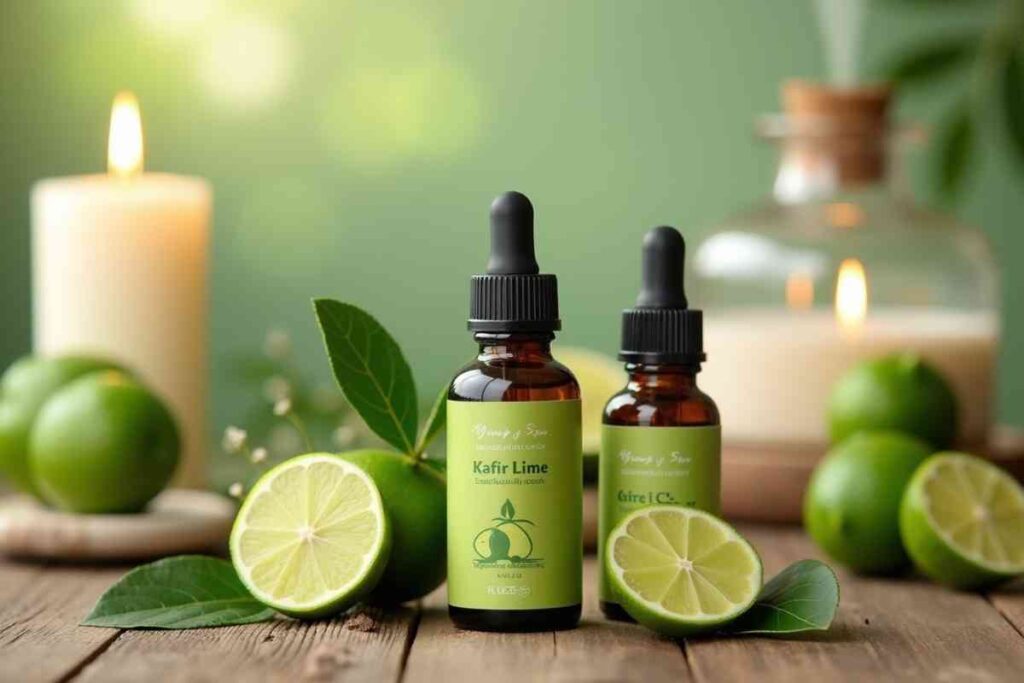
Kaffir lime is a popular ingredient in natural skincare, thanks to its antibacterial and antioxidant properties. It helps cleanse and rejuvenate the skin while fighting acne-causing bacteria.
- DIY Face Toner: Mix kaffir lime juice with rose water and apply it to your face using a cotton pad for a refreshing, antibacterial toner.
- Exfoliating Scrub: Combine grated kaffir lime rind with sugar and coconut oil for a gentle body scrub that leaves your skin glowing.
- Hair Care: Use a kaffir lime-infused rinse to cleanse your scalp and add shine to your hair. Simply boil the juice with water, let it cool, and apply.
- Sunlight: Plenty of sunshine for happy leaves and fruit.
- Climate: Loves tropical weather but can adapt when grown indoors.
- Harvesting: Pick the leaves regularly—they grow back fast and stay fragrant!
4. Eco-Friendly Home Uses of Kaffir Lime
Beyond cooking and skincare, kaffir lime is also a natural alternative to chemical-laden cleaning products. Its antimicrobial properties make it a valuable addition to your home routine.
- Natural Cleaner: Kaffir lime juice can be used to clean dishes, countertops, and even clothes. Its refreshing scent leaves your home smelling citrusy and clean.
- Insect Repellent: The strong aroma of kaffir lime is a natural deterrent for mosquitoes and other pests. Rub the rind on your skin or leave sliced lime near windows to ward off insects.
- Ritual Purification: In many Southeast Asian cultures, kaffir lime-infused water is used in purification rituals, symbolizing renewal and cleansing.
The Magic of Kaffir Lime
Whether you’re exploring its uses in cooking, skincare, or home remedies, kaffir lime is a versatile and sustainable choice. Its vibrant flavor, health benefits, and eco-friendly applications make it a must-have in every household.
So why not give kaffir lime a try? Experiment with a new recipe, create your own natural skincare routine, or infuse your home with its uplifting scent. The possibilities are endless with this citrus superstar!
Ever wondered what gives kaffir lime its rich fragrance? Its leaves contain a compound called citronellal, which makes up 80% of their essential oil. This natural goodness is also found in lemon balm and lemongrass, which adds to its heavenly aroma.
Is It Safe to Use Kaffir Lime?
While kaffir limes are generally safe, their peel contains furanocoumarins, which can cause a skin condition if you’re exposed to sunlight after contact. Handle with care and enjoy this remarkable fruit responsibly—whether in your cooking or skincare routine.
Closing Thoughts
The kaffir lime’s vibrant flavor, aromatic leaves, and countless applications make it a true superstar of the citrus world. From cooking unforgettable meals to crafting home remedies, this versatile fruit never fails to impress.
Want to try something new with kaffir lime? Add its lively zest to your recipes or beauty routine and experience its magic firsthand. Whether you’re a chef, a gardener, or just someone curious about exotic fruits, the kaffir lime is a delightful addition to your life.
Start exploring unique Southeast Asian ingredients like the kaffir lime today, and unlock new culinary and lifestyle adventures!
Check out more images on our Pinterest.
Frequently Asked Questions
What is the origin of kaffir lime, and why is it controversial?
Kaffir lime, also called makrut lime, originates from Southeast Asia. The term “kaffir” is seen as offensive in some languages, so “makrut lime” is increasingly preferred.
How are kaffir lime leaves used in cooking?
Kaffir lime leaves add a bold citrusy flavor to Southeast Asian dishes like Thai soups and curries. Tear or slice them to release their oils, and freeze fresh leaves for long-term use.
What are the health benefits of kaffir lime?
It aids digestion, reduces stress, and has antibacterial and anti-inflammatory properties. Its essential oil is also a traditional remedy and stress reliever.
Is kaffir lime safe for skincare?
Yes, but caution is needed. Dilute the oil and patch-test first, as it can make skin sensitive to sunlight.
How do you grow a kaffir lime tree at home?
Kaffir lime trees thrive in warm, sunny areas or containers. Use well-draining soil, moderate water, and bring the tree indoors during winter in colder climates.
Can kaffir lime be used for cleaning?
Yes, its antibacterial properties make it great for DIY cleaners. Mix its juice or oil with vinegar and water for a natural solution.
Any unique uses of kaffir lime?
Besides cooking and cleaning, it’s used in aromatherapy, religious ceremonies, and homemade air fresheners for its calming citrus scent.
What makes its aroma special?
Its high citronellal content gives kaffir lime its fresh, lemony fragrance, popular in recipes, essential oils, and aromatics.
Can it grow in non-tropical climates?
Yes, with care. Grow it indoors in colder climates, provide sunlight, use well-drained soil, and prune regularly.
Where can you buy kaffir lime?
Find fresh, dried, or frozen kaffir lime products in Asian grocery stores, specialty shops, or online.


